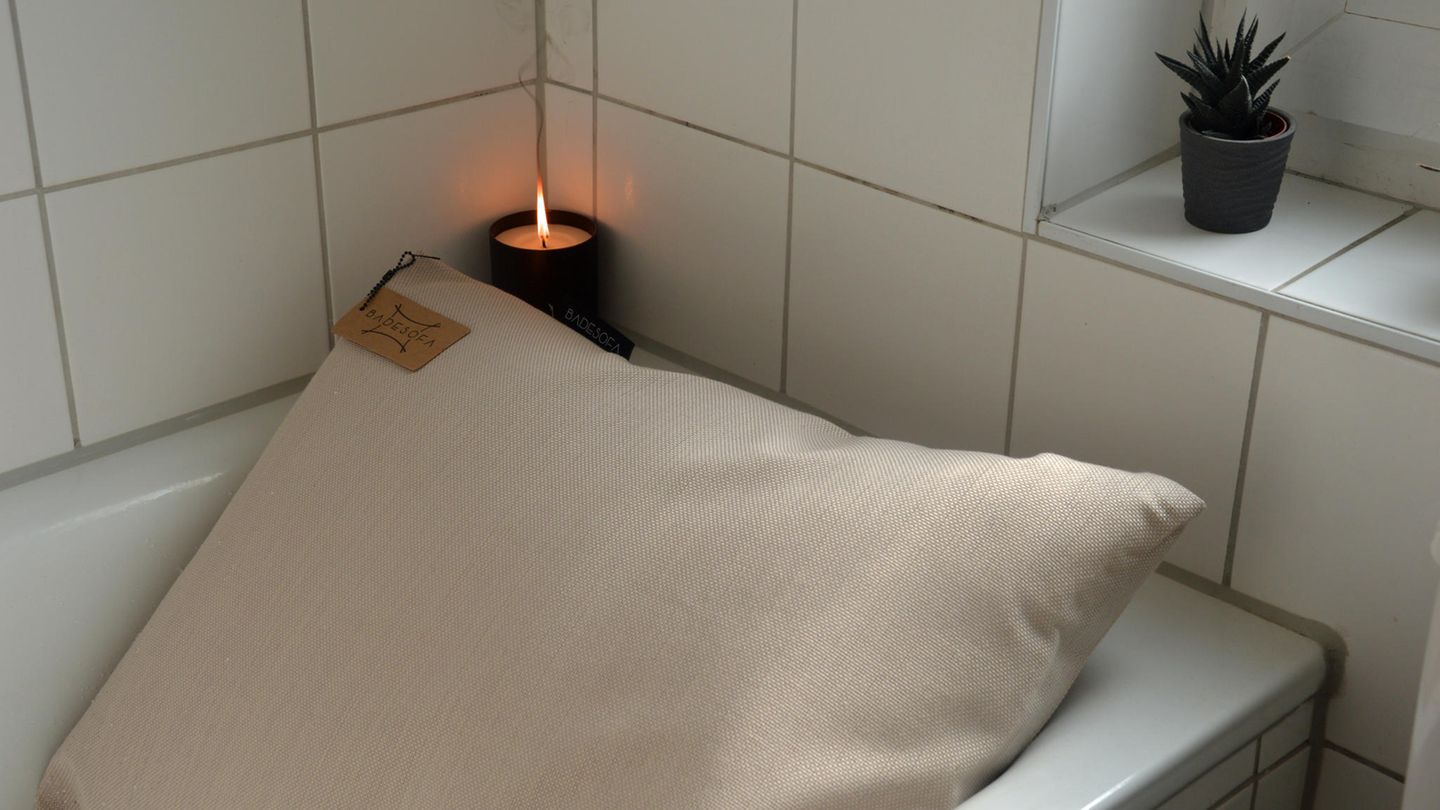Youth criminals, Yakuzas competing to see who is the biggest murderer, cabareteras, brothel girls, stuck to sticks, punches and clean shot, slapped women who neither in “I love and Lord” (And only once a good return occurs), the cinema of Seijun Suzuki It was of action, cruelty, basic feelings and rapid solutions, designed for “the popular.”
That was clear from the title, for example “The people of Satan”, “Eight hours of horror”, “The naked woman and the gun”, “Passport to darkness”, “The madness of youth”, “point to the police truck”, “The bloody channel”, “The youth of the beast”, “The door of the meat”, Things like these Suzuki Four per year, between 1954 and 1967, all low budget produced by the Nikkatsu Corporation without the least artistic demand.
In other words, no one from the company expected the director to have some artistic aspiration. But I had it, and in a great degree. Faces in the very close -up, unexpected angles, uninhabitual assemblies and later an inhabitual employment of the scenarios, colors and sound, especially when he formed team with the artistic director Takeo Kimura. Man liked to experiment, play with the material, make fun of the most dramatic argument, invent a “sushi western”, surprise the public.
In 1958 the company announced its films with the phrase “with the great direction of Seijun Suzuki.” In 1967 the same company got tired of its genius. The public did not understand them, the box office did not respond, and the person in charge did not care. They moved him to a routine work on television, to calm down a little.
Anyway, there left disturbing mediators like “Good afternoon, dear husband. A duel”, “The fang in the hole”, “The claws of the divine beast” either “The choice of a family: I can kill your husband for you,” among other homeless hobbies. And finally he returned to the cinema, with ghost stories that won prizes in Tokyo, Berlin and the Avoriaz Fantastic Film Festival, rare comedies, including a cartoon of thieves, made in collaboration, to an operetta of digital effects set in old times about the impossible love of a mortal and a princess of divine origin. But the best, some say, is in that first stage.
Who say it are Quentin Tarantinowho paid tribute to the outcome of “Kill Bill”, And also Robert Rodríguez, John Woo, Mikio Narusethe directors of the Japanese vague nouvelle and currently the devotees of the Bizarro cinema made with true knowledge of the trade.
Sala Lugones dedicated a cycle in 2017, on the occasion of his death. The Filmin platform made another in 2023, celebrating the centenary of its birth. Now, from today, Sala Lugones and the Japan embassy present ten of their most praised films, all in a film copy of 35 mm. and 4K restoration sent from Tokyo.
The selection begins with “Carmen de Kawachi”1966, freely inspired by the erotic films of Kinoshitamore than in Bizet or Meriméeand “Marked to kill”, 1967, exquisite visual delirium where history, a succession of murders, is little understood, but nobody cares. Then, “Kanto’s wanderer”, 1963, a bodyguard in conflict, and “Tokyo’s vagabond”, 1966, a murderer waiting to be killed.
Later, “Young breasts”, 1958, a dangerous little crazy falls in love with its social worker“Born under a bad star”, 1965, a nervous young man in front of the hard discipline, the good girl and the other, “The beauty of the underworld”1958, a former convict, the friend, a woman and a trap“The dream of the beast”1960, who looks like a respectable sudden merchant, smoke, “The white dragon tattoo”, 1965, a Yakuza tries to rebuild his life, but the clan pursues him to Manchuria. He culminates with“Pistol operates ”, 2001, also called “The dance of the hitmen”, luck of rereading “Born to kill”, But starring a Yakuza woman, young, beautiful and dangerous, as is the taste of this century.
They are left for another return “History of a prostitute”, Free version of a passionate love in the middle of the war, about novel by Taijiro Temura several times taken to the cinema, and, along with other titles, the Spanish documentary Carles Prats “Seijun Suzuki. Kabuki & Yakuzas”, Which emphasizes the theatrical stylization of the gunmakers, a staging of this singular author.
Source: Ambito
I am an author and journalist who has worked in the entertainment industry for over a decade. I currently work as a news editor at a major news website, and my focus is on covering the latest trends in entertainment. I also write occasional pieces for other outlets, and have authored two books about the entertainment industry.




